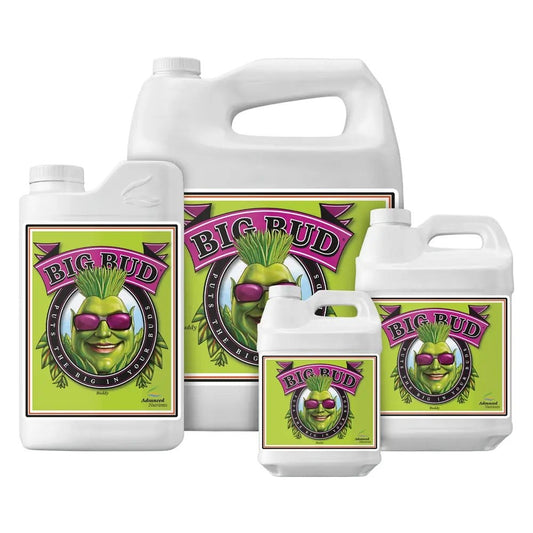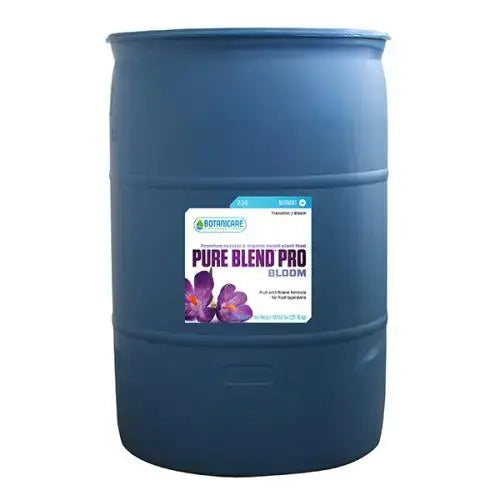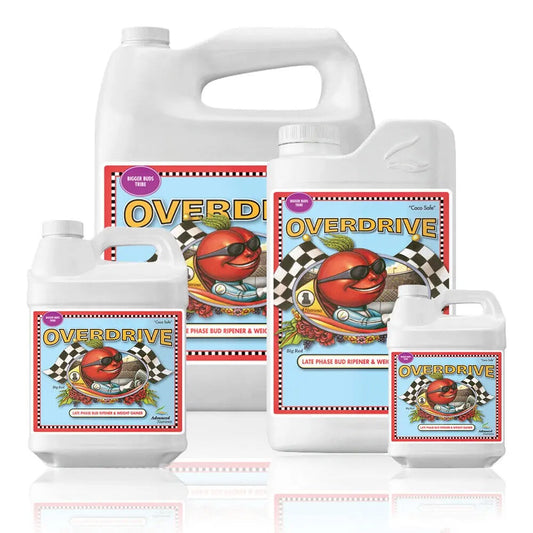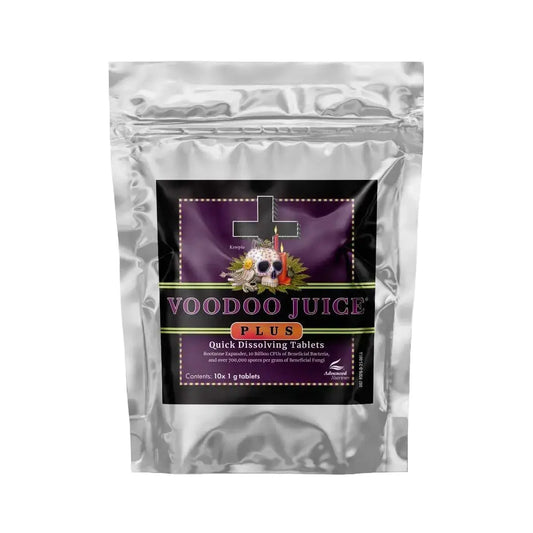Greenhouse & Indoor Cultivation Diseases - Getting to know your environment
Greenhouses & Indoor Cultivation provide an optimum environment for plants to grow. This can be a great advantage to cultivators and farmers, especially when it comes to early crops or those that are sensitive to the weather conditions outside. However, greenhouse plants are also susceptible to certain diseases that may not affect plants grown in an outdoor setting. By understanding how these diseases develop and spread, growers can take preventative measures to protect their plants and maintain healthy production.
SYMPTOMS: If a plant in your greenhouse is showing any of the following symptoms, it may have a disease: Wilting; stunted growth; yellowing of leaves; brown lesions on leaves; blotchy purple coloring on stems; abnormal fruit or flower production.
CAUSES: Many different factors can contribute to plant disease in a greenhouse setting. Poor ventilation, dirty water runoff, over-watering/under-watering, pests & insects, and extreme temperature fluctuations are some of the most common causes.
PREVENTION: The best way to prevent disease in your greenhouse plants is by creating a healthy growing environment. This includes providing adequate ventilation, keeping water levels consistent, using proper watering techniques, controlling pests & insects, and maintaining moderate temperatures. If you encounter a diseased plant, isolate it from the other plants immediately and contact your local Cooperative Extension office for help diagnosing the problem.
Greenhouses & Indoor Grows are designed to provide the perfect conditions for plants, but pathogens love these too! Humidity can lead to droplets of water on plant surfaces. These serve as breeding grounds for fungal and bacterial diseases that attack our favorite fruits and flowers in a big way - if they're not stopped before their time...
Greenhouses have many openings where air flows through easily-ventilated areas so no single point is too hot or moist while others may be drier than desired due to humidity levels which means there's always movement going on inside even during still periods outside; this helps prevent major outbreaks because only certain zones will end up infected at any given moment rather than all simultaneously becoming vulnerable targets once
The proximity of plants to one another can act as a potential source for disease transfer. The overgrown canopy creates humid microclimates and spaces that are hard, if not impossible with current organic fungicides in use today due to their effectiveness against certain pathogens only but not all others! Constant handling by workers or equipment will also bring about new risks from transferring various viruses & diseases between different hosts at the workplace site.
It's important to be on the lookout for common greenhouse diseases such as botrytis (gray mold), powdery mildew, and downy mildew. These diseases can ruin crops and drastically reduce profitability. To prevent or lessen the impact of these diseases, it’s important to understand what a pathogen is and what environmental conditions are favorable for infection. By being proactive and informed. Cultivators & Growers should have the proper SOPs in place to help prevent these various diseases and viruses from starting.
Anden dehumidifiers for greenhouses and indoor growing facilities help prevent humidity diseases by removing excess moisture. The system extracts it from the atmosphere, distributing uniform air throughout a space so that wet microclimates cannot form which would allow pathogens to thrive while providing optimal conditions against those pesky bugs that cause everything else! This energy-efficient solution breaks down all aspects of pathogen biology - including how they interact with your plant's host immune response- giving growers an advantage when managing pests or creating healthy environments.
Greenhouses & Indoor Cultivation provide an optimum environment for plants to grow. This can be a great advantage to cultivators and farmers, especially when it comes to early crops or those that are sensitive to the weather conditions outside. However, greenhouse plants are also susceptible to certain diseases that may not affect plants grown in an outdoor setting. By understanding how these diseases develop and spread, growers can take preventative measures to protect their plants and maintain healthy production.
SYMPTOMS: If a plant in your greenhouse is showing any of the following symptoms, it may have a disease: Wilting; stunted growth; yellowing of leaves; brown lesions on leaves; blotchy purple coloring on stems; abnormal fruit or flower production.
CAUSES: Many different factors can contribute to plant disease in a greenhouse setting. Poor ventilation, dirty water runoff, over-watering/under-watering, pests & insects, and extreme temperature fluctuations are some of the most common causes.
PREVENTION: The best way to prevent disease in your greenhouse plants is by creating a healthy growing environment. This includes providing adequate ventilation, keeping water levels consistent, using proper watering techniques, controlling pests & insects, and maintaining moderate temperatures. If you encounter a diseased plant, isolate it from the other plants immediately and contact your local Cooperative Extension office for help diagnosing the problem.
Greenhouses & Indoor Grows are designed to provide the perfect conditions for plants, but pathogens love these too! Humidity can lead to droplets of water on plant surfaces. These serve as breeding grounds for fungal and bacterial diseases that attack our favorite fruits and flowers in a big way - if they're not stopped before their time...
Greenhouses have many openings where air flows through easily-ventilated areas so no single point is too hot or moist while others may be drier than desired due to humidity levels which means there's always movement going on inside even during still periods outside; this helps prevent major outbreaks because only certain zones will end up infected at any given moment rather than all simultaneously becoming vulnerable targets once
The proximity of plants to one another can act as a potential source for disease transfer. The overgrown canopy creates humid microclimates and spaces that are hard, if not impossible with current organic fungicides in use today due to their effectiveness against certain pathogens only but not all others! Constant handling by workers or equipment will also bring about new risks from transferring various viruses & diseases between different hosts at the workplace site.
It's important to be on the lookout for common greenhouse diseases such as botrytis (gray mold), powdery mildew, and downy mildew. These diseases can ruin crops and drastically reduce profitability. To prevent or lessen the impact of these diseases, it’s important to understand what a pathogen is and what environmental conditions are favorable for infection. By being proactive and informed. Cultivators & Growers should have the proper SOPs in place to help prevent these various diseases and viruses from starting.


























1 comment
Leave a comment
Please note, comments need to be approved before they are published.